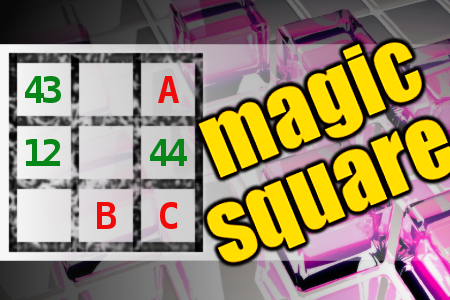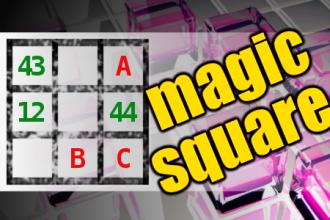MAGIC SQUARE: Calculate A-B-C
The aim is to place the some numbers from the list (8, 9, 12, 31, 32, 35, 43, 44, 47, 77, 85) into the empty squares and squares marked with A, B an C. Sum of each row and column should be equal. All the numbers of the magic square must be different. Find values for A, B, and C. Solution is A-B-C.Correct answers: 17
The first user who solved this task is Nílton Corrêa De Sousa.
#brainteasers #math #magicsquare

The CEO was scheduled to speak...
The CEO was scheduled to speak at an important convention, so he asked one of his employees to write him a punchy, 20-minute speech.
When the CEO returned from the big event, he was furious. "What's the idea of writing me an hour-long speech?" he demanded to know. "Half the audience walked out before I finished."
The employee was baffled. "I wrote you a 20-minute speech," he replied. "I also gave you the two extra copies you asked for."
When the CEO returned from the big event, he was furious. "What's the idea of writing me an hour-long speech?" he demanded to know. "Half the audience walked out before I finished."
The employee was baffled. "I wrote you a 20-minute speech," he replied. "I also gave you the two extra copies you asked for."

